Mark Dancer might understand better than anyone the different ways that distributors navigated COVID-19.
Dancer, the CEO of Network for Business Innovation, spent much of the past year speaking with dozens of companies about their pivots, their pain points and the positives that might have emerged for some of them during the most significant economic disruption of our lifetime.
Now he’s leveraging that time and those talks into helping more companies grow and prosper in the coming post-pandemic phase and beyond. From his conversations with distribution leaders, Dancer created what he calls a “B2B innovation flywheel for distribution.”
He introduced this concept at MDM’s Future of Distribution Summit, held virtually on April 13. Click here for on-demand access to the Summit’s presentations and panels.
Dancer, who is also a fellow with the National Association of Wholesaler-Distributors, delivered a keynote address, “Pandemic Innovations and the Future of Distribution,” designed to help distributors act on the lessons learned across distribution during the last year of COVID-19.
His takeaway from the pandemic: While distributors are constantly looking at protecting their business against outside threats — and that remains important — they need to shift their mindset to helping their customers prosper.
“It’s really a call to action for distributors,” he said. “They should say, ‘My best path to the future is not about defending my business — I have to do that, I have to think about moats and I have to know that disruptors are coming after me — but my best path to the future is figuring out how my customers can to get to the future.”
What comprises the flywheel?
Dancer began his Future of Distribution keynote address by noting that COVID-19 revealed three truths about this industry:
- Distribution is a reservoir of resiliency
- Distribution exists to solve problems
- Distribution is at the center of commerce
The goal for the industry now is to leverage the important roles that distributors played during the pandemic and ensure an even brighter future.
Here are Dancers’ steps for creating a flywheel of innovation that will keep your business model attuned to the changing landscape.
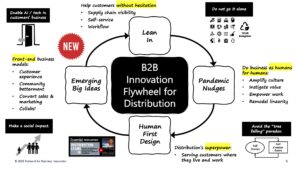
1) The first step is to think about the emerging big ideas that are happening to a distributor’s business model. Has your company shifted from managing a portfolio of products and brands to managing a portfolio of customer experiences?
Very likely, and the focus now should be less on how you sell more stuff to customers but rather on how you can improve their business — whether you sell to welders, procurement managers, engineers, facility managers, plumbers, bakers or any industry or end market. “If you can do that, it can align your culture, align your customer experiences and align your business model,” Dancer said
2) The next step is to lean in. Dancer said distributors should find ways to “help customers without hesitation,” including things like providing supply chain visibility, offering self-service options, enabling their workflow and other solutions.
“If you’ve developed digital capabilities around your website or digital marketing, acting on those with your customers can create benefit for your customers,” Dancer said. “It’s a little bit different than selling. You exist to solve problems. If a customer comes to you with a problem, what’s your process for acting on that right away?”
3) The third step is to create pandemic nudges. This means a distributor doesn’t need to make sweeping changes to its business model but instead should look at amplifying culture and working to “instigate” value rather than “add” value. This is a mindset that revolves around creating new value for your customers, Dancer said.
“There are a lot of questions about if the future of business will change distributor strategies, the way they do business with their customers?” he said. “It’s not about absolutely changing your business; it’s more about recognizing the changes and consciously nudging it a little bit.”
4) The last step is focusing on human-first design. That means going out and asking your customers about how they are running their business differently during the pandemic and how they expect to run it afterward. While you may know some things about their business, Dancer “guarantees” that haven’t told you everything. Now’s the time to find out.
“We don’t have to run our business the way the technology overlords tell us we should run our business,” he said. “This is about not just blindly accepting best practices, whether that’s artificial intelligence or CRM or ERP or your website. Human-first innovation is about recognizing the fact that being a real-world company is not your weakness. The fact that you serve your customers where they live and where they work is a distributor’s superpower.”
Related Posts
-
Strategic activity from leading distributors like Ferguson, Grainger and Fastenal led to the most-read blogs…
-
Family-owned industrial distributor is commemorating more than a century of service to suppliers and customers.
-
Rob Dewar, current president of the Industrial & Safety-Canada Division, is being promoted to president…
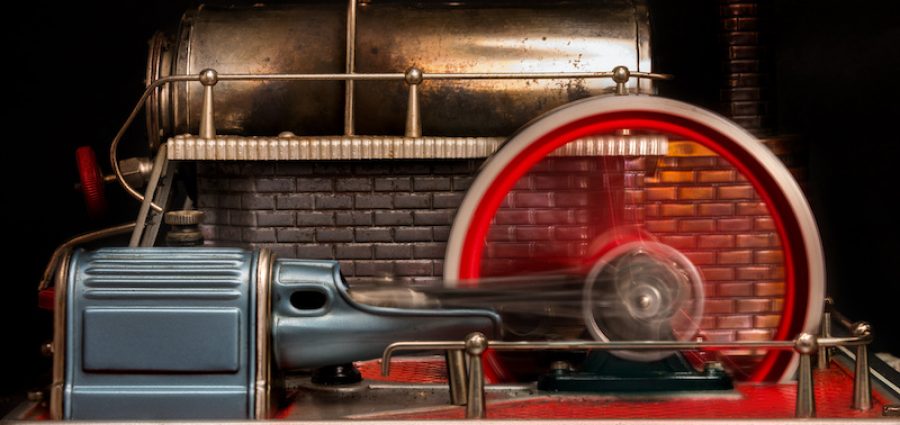
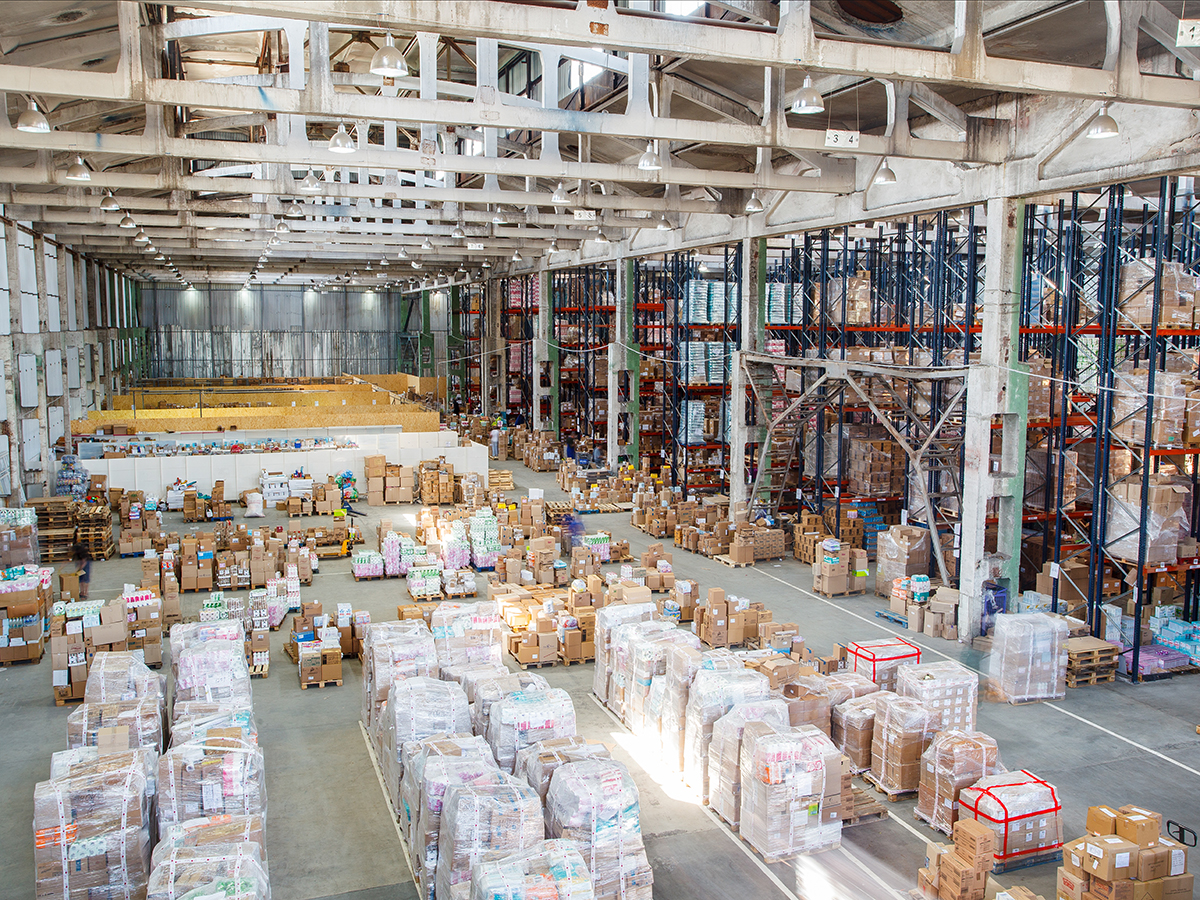

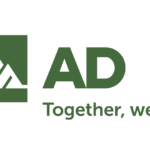
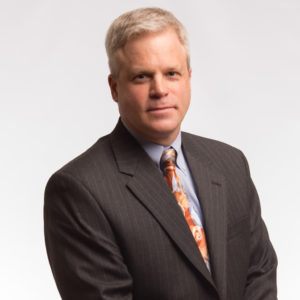


1 thought on “How to Create a ‘Flywheel of Innovation’ for Your Business”
Very insightful…please advise a bit more about remodel linearity…what does it mean? Regards Deepika ( Deepika_c@selloverseas.com)